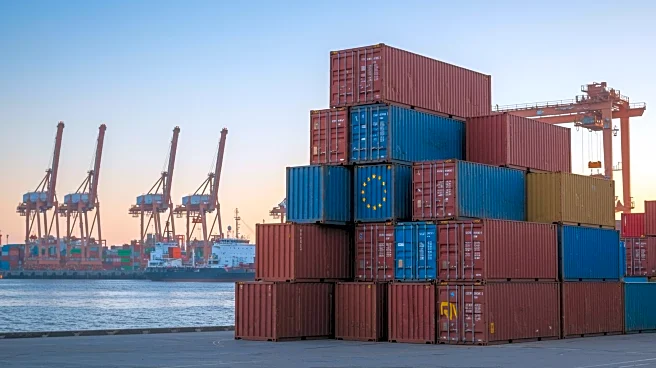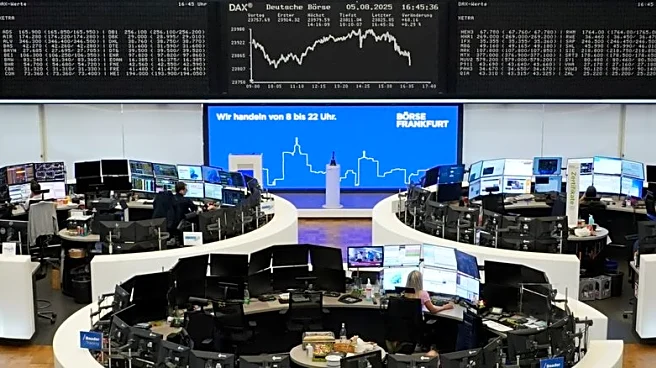What's Happening?
Cryptocurrencies are gaining traction as a potential mainstream payment method, though their adoption remains in an early phase. Stablecoins and Layer-2 solutions have facilitated real-world crypto transactions, but challenges such as volatility, fragmented regulations, and consumer education persist. The U.S. and European markets are witnessing policy developments like the GENIUS Act, which aims to establish a regulatory framework for stablecoins and integrate crypto into traditional financial systems. These advancements are shaping the trajectory of crypto payments, with stablecoins like USDC and EURC emerging as key enablers due to their minimal volatility and 24/7 availability.
Why It's Important?
The growing adoption of cryptocurrencies could significantly impact global finance by offering faster, low-cost transactions and financial inclusion in underserved regions. Stablecoins provide an alternative to traditional remittance mechanisms, particularly in areas affected by hyperinflation or underbanking. As regulatory frameworks like the GENIUS Act are established, the legitimacy and integration of crypto into traditional systems are expected to accelerate. This could lead to broader adoption and reshape financial access, speed, and sovereignty through digital innovation.
What's Next?
The path to widespread adoption of crypto payments involves overcoming regulatory fragmentation, volatility, and user education barriers. As infrastructure matures and user experience improves, broader adoption is likely. The focus will be on integrating crypto into existing financial systems and addressing environmental concerns associated with proof-of-work networks. Stakeholders will need to navigate inconsistent rules internationally and develop tools for onboarding, compliance, and user protection.
Beyond the Headlines
The shift towards crypto payments highlights ethical and cultural dimensions, such as financial inclusion and sovereignty. It also raises questions about the environmental impact of crypto mining and the need for sustainable models. As crypto becomes more integrated into global finance, it may challenge traditional banking systems and redefine economic power dynamics.












